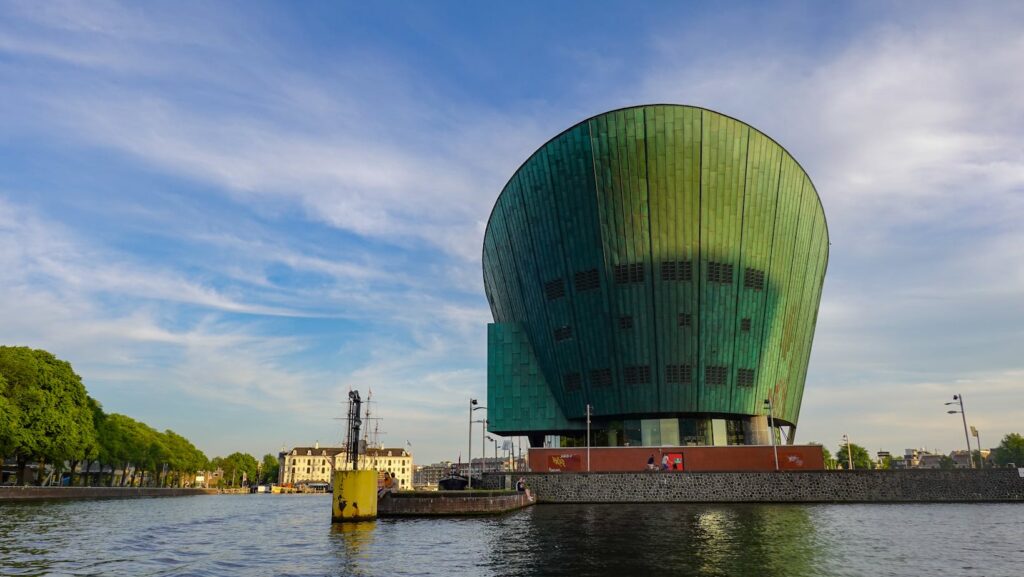Science and discovery museums aren’t just buildings filled with dusty exhibits and ancient artifacts. They’re vibrant, interactive hubs where the past, present, and future of human understanding come alive. They’re places where curiosity is kindled, and knowledge is not just acquired, but experienced.
In a world increasingly driven by science and technology, these museums play a pivotal role. They’re not just educational resources, but platforms for sparking interest in science, fostering critical thinking, and inspiring the next generation of innovators. Let’s delve into the importance of science and discovery museums and understand their impact on our society.

Discovery And Science Museum
Discovery and science museums play a pivotal role, not just as treasure troves of historical artifacts, but as educational resources. They kindle curiosity, inspire critical thought, and spark the imagination of potential innovators. Serving as tools for sustainable and impactful learning, these museums are bridges connecting scholarly theories with practical applications.
Enhancing STEM Learning
The influence of discovery and science museums extends to science, technology, engineering, and mathematics (STEM) education. Museums provide students an opportunity for seeing and exploring these concepts in a way not always possible in the classroom. They demonstrate abstract theories in a stimulating, tangible manner, prompting learners to delve deeper. For instance, exhibits often offer interactive demonstrations of complex ideas, such as thermodynamics or fractional distillation, making them more comprehensible and relatable.
STEM learning in museums isn’t limited to pure observation, though. With interactive exhibits and engaging workshops, they transform learners from onlookers to active participants in the process of discovery.
Promoting Hands-on Experience
Discovery and science museums place a strong emphasis on hands-on learning. They offer ample opportunities for learners to manipulate objects, conduct experiments, and make observations. This interactive style of learning takes abstract concepts and grounds them in the concrete world. For example, a child building a model airplane in a museum exhibit learns about aerodynamics hands-on, rather than from a textbook illustration.
Hands-on experiences extend learning beyond the traditional classroom walls, imparting skills that are vital in the real world. They foster problem-solving abilities, boost analytical thinking, and promote creativity. So, it’s not just about the process of discovery, but also about the thrill and joy of learning itself. The buffet of stimulating exhibits and engaging workshops ensures that every visit to a discovery or science museum is not just a trip, but a journey towards knowledge and innovation.

Impact on Community and Culture
In addition to providing educational resources, Discovery and Science Museums significantly impact local communities and promote cultural preservation. These establishments ingeniously use exhibits and outreach initiatives to impart knowledge, foster a sense of identity, and stimulate community spirit.
Cultural Preservation through Exhibits
Museums stand as custodians of history, showcasing cultural artifacts that beam with untold tales of yesteryears. Exhibits at these museums delve into diverse topics, from archaic civilizations and art forms to scientific developments. Take, for example, London’s Science Museum, hosting a section dedicated solely to “Exploring Space,” reflecting humanity’s advances in space exploration.
Such exhibits not only annotate milestones in science but also portray cultural significance. They visually narrate historic moments, thus preserving cultural chronicles from degradation. Some museums, such as Chicago’s Field Museum, house copious collections of natural history artifacts from different cultural epochs, upholding a comprehensive representation of our shared heritage.
Through these exhibits, museums foster a greater understanding of cultural histories and ties, consequently fortifying the communal identity.
Community Engagement and Outreach
Discovery and Science Museums further invigorate community culture by engaging people through various interactive activities. They create platforms for locals to collaborate, dialogue, and share ideas. For instance, ‘science café’ events typically organized by some museums, fuel conversations on contemporary scientific issues. They also foster an environment that encourages sharing differing perspectives, thereby enriching communal intellect.
Likewise, these institutions actively strive to extend their reach beyond their physical confines. Running outreach programs in schools, conducting public lectures, and setting up pop-up exhibits in community centers, they take science to the people. Such initiatives ensure a wider dissemination of knowledge, thereby promoting scientific literacy within the community.
Overall, the impact of Discovery and Science Museums on communities and culture bears distinct significance. They serve as vital tools in preserving cultural heritage, strengthening community ties, and promoting intellectual discourse and discovery.

